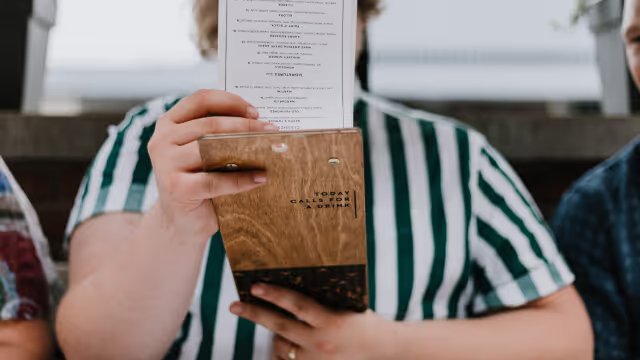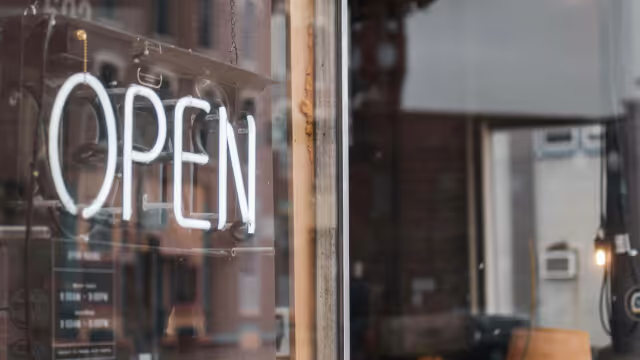As the online ordering market becomes quite saturated, and more and more restaurants turn to aggregator apps such as Uber Eats, GrubHub, and more, it’s important to make sure you’re gaining the traction your business needs and deserves. But what do you do if one of your channels isn’t performing as you’d hoped?
We take a look at some key aspects that may help, getting you to answer questions along the way like, are you leveraging all your channels equally and effectively? Are you utilising your data effectively, looking at each channel to see where improvements may lie? And lastly, are you harnessing loyalty and rewards campaigns properly?
Better together: Creating an omnichannel approach
If you’re new to the idea of omnichannel, the good news is you’re probably already leveraging more than one of these channels in your current business model, ie:
- Online ordering
- Mobile ordering
- Order in-store and takeout
- Kiosk ordering
- Table ordering
- Third party/Aggregators
- Social and non-ordering channels
In order to know if you’re truly flexing your omnichannel skillset, look at how consistent you are across these channels. You need to determine, if a guest interacts and orders through your website versus another channel, whether they get the same brand experience. Quite often certain channels are prioritised and offer a better guest and brand experience than others, leading to the underperformance of others.
Some things to look at include, are your website menus consistent with what’s on your aggregators apps? Do you have images on your website to entice customers to order, and are these same images uploaded to Uber Eats, GrubHub, etc. Have you recently made any pricing changes? Are these consistently reflected across all aspects of ordering?
Let your data guide you
Behaviours change often, therefore it’s important to stay on the pulse by reviewing channel performance and guest data. This way you do away with any assumptions, and instead inform your actions and decisions based on real data.
There are a number of metrics that can be helpful here, but a few may include, for example, reviewing promotion and discount data so you can see how different marketing and promotional campaigns are working across different channels and adapt accordingly. Another may be reviewing your conversion rate and drop off on your channels so you can make changes to your customer journey, to your menu, etc to help increase your conversion.
On top of this, look to have all your channel data and insights in one place. With no data silos, you will more easily be able to continuously and holistically evaluate your efforts across the board.
Leveraging one channel to boost another
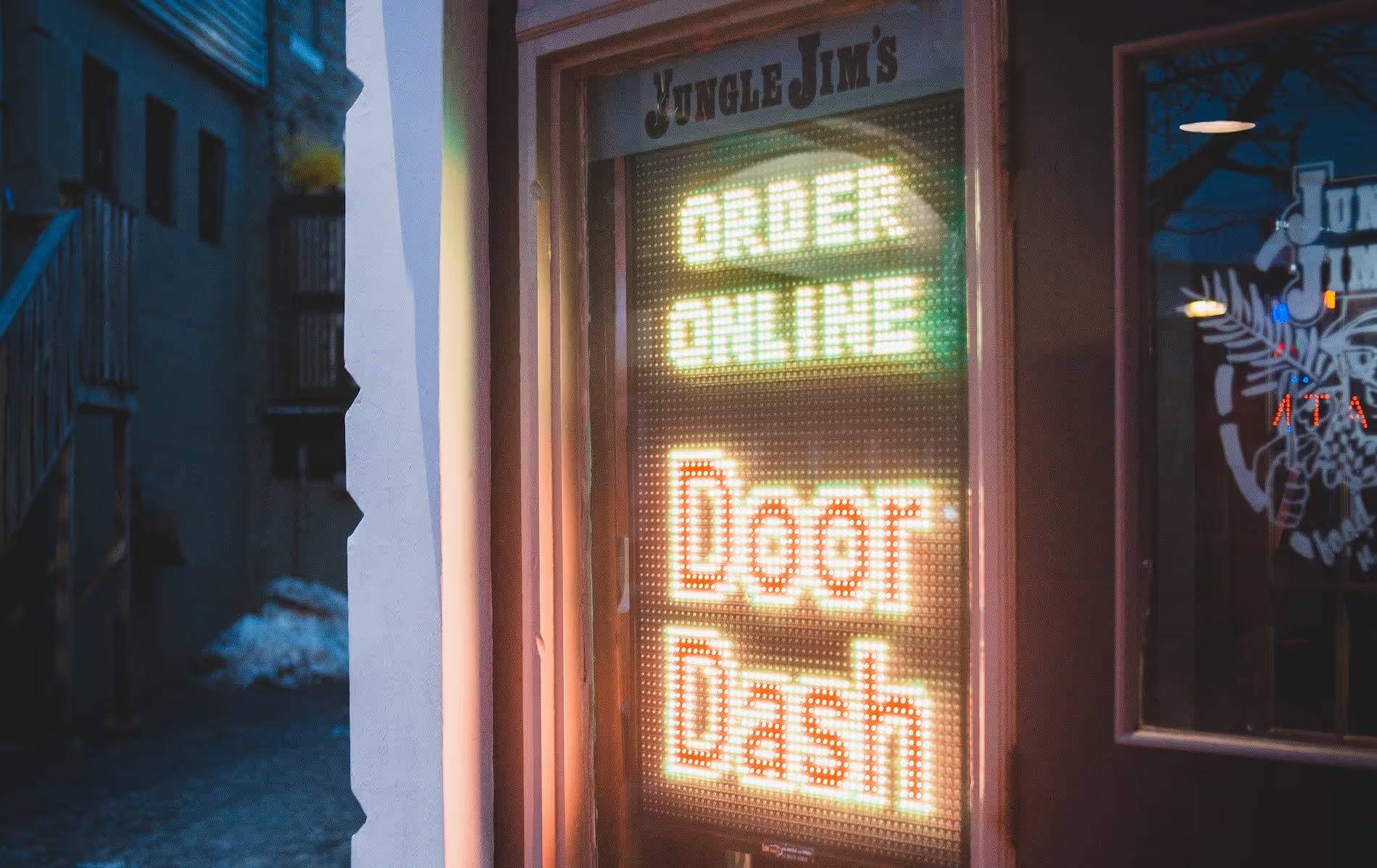
Once you’ve established the best channels for your business and looked to ensure consistency is used across the board, it’s important to look at which channels are succeeding compared to which channels seem to generate less traction.
For example, if you notice you’re getting plenty of orders through Uber Eats, but not many through your own website, this may be something you want to consider…especially with the costs associated with third party apps compared to your own website.
Another consideration when it comes to bolstering underperforming channels is ensuring your loyalty and rewards programs are consistent across channels. Let your guests know that the 20% off when they spend $50 on Uber Eats also applies on orders through your site for example, or set up different initiatives that reward them for going to your owned channels instead.
Look to loyalty
A recent study showed that on average, 60% of loyalty program members use the brand’s mobile app or engage digitally with the brand, compared to a whopping 5% of overall restaurant users.
Not only do loyalty programs build a stronger connection with your guests, but by using he customer data collected you can look to drive repeat custom and increase the lifetime value of your guests.
Implementing a beneficial loyalty program can take time though, it needs to be strategic, and it needs to be inherent in your own channels, ensuring it rewards guests in the right way based on their wants and their behaviour. Quite often we see rewards and incentives only offered through particular channels, which immediately alienates a brand's other channels. By taking a more holistic approach to loyalty, you can look to reward guests regardless, and in more meaningful ways across the board, helping to increase channel performance in the process.
Find the solution that works best for your business
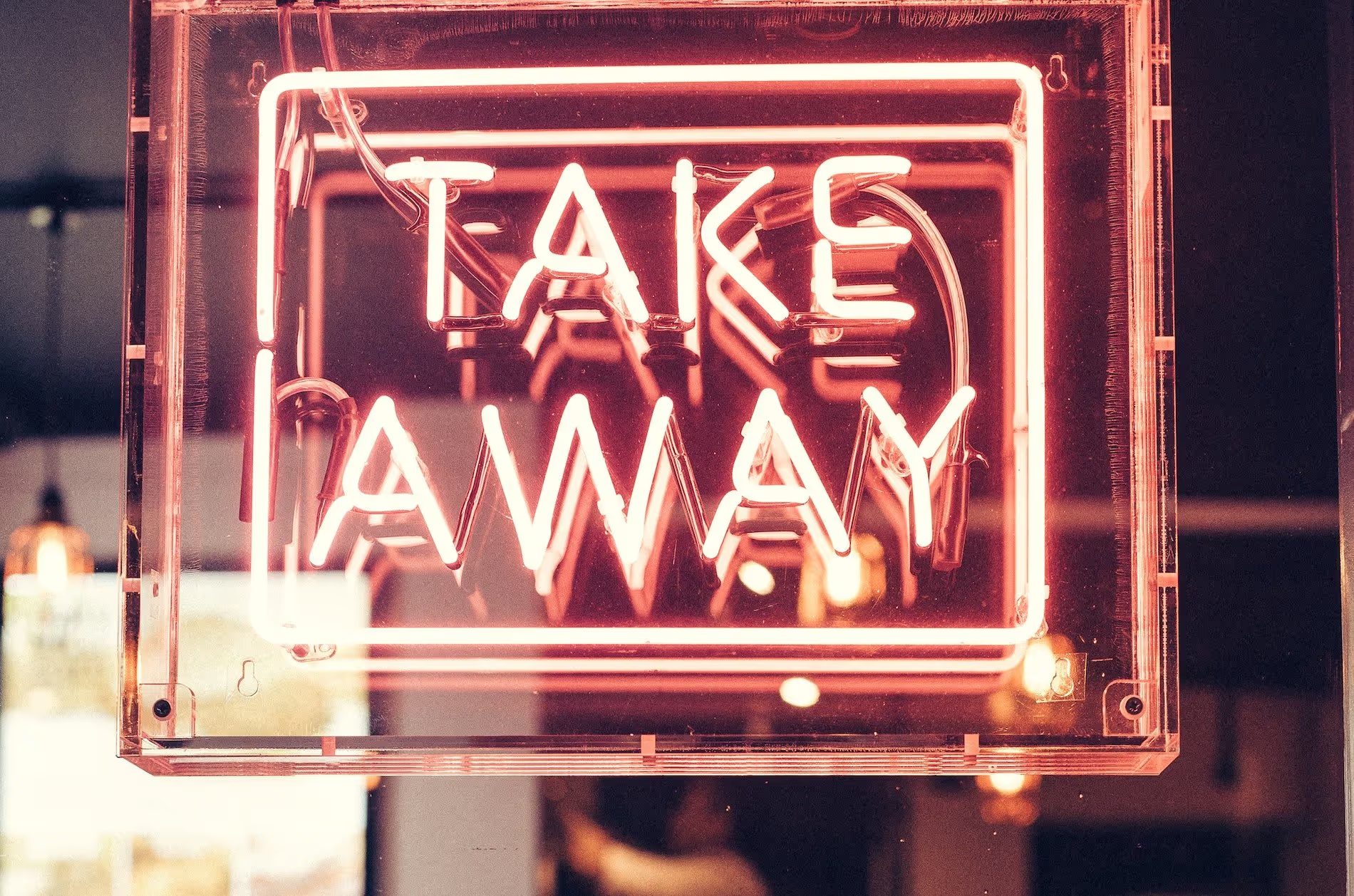
The restaurant industry has taken a massive leap, demanding businesses become digital-first. Despite the demands, we understand it can be a lot to take on, on top of your day-to-day business. It’s important to find the solutions that work best for your business, and in times of uncertainty, always ask for help. If you’re curious as to how MOBI can help you become digital-first, strengthen your omnichannel approach, or importantly help you bolster your underperforming channels, get in touch with our team today.
With Visme's AI design generator, you can create attention-grabbing posts for your social media channels. All you need to do is type in a prompt describing what your post should feature and choose a style. In moments, the tool will automatically generate content including text, layout, and visuals. Edit the text, customize colors and fonts, add your restaurant images, and it's ready to go live. As the whole process takes minutes, you can create multiple versions of content much faster to A/B test them and figure out what works best for your business. No need to struggle with one single post for hours.


.avif)



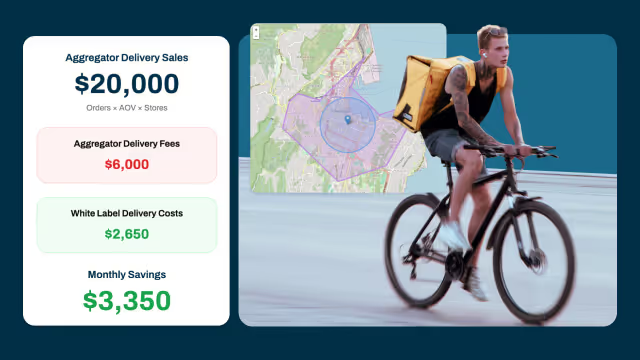

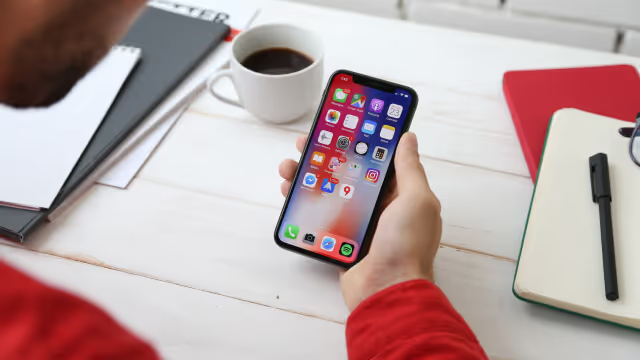
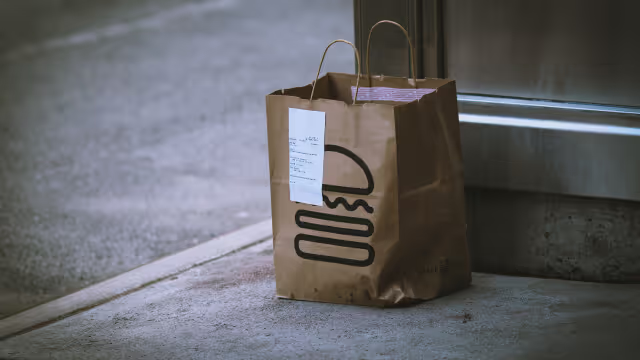

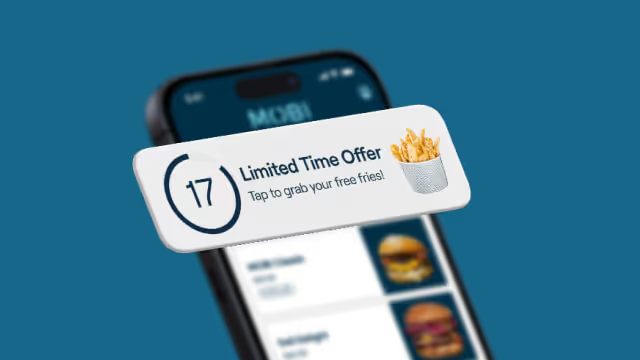

.avif)

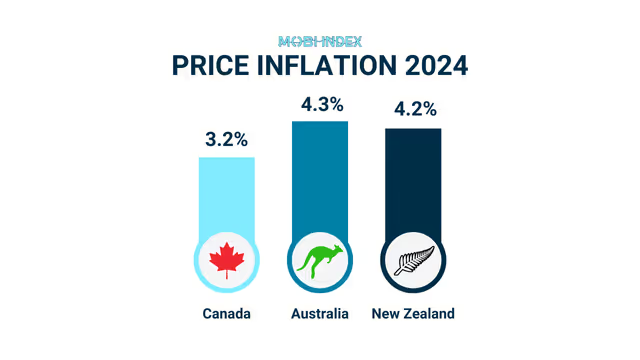

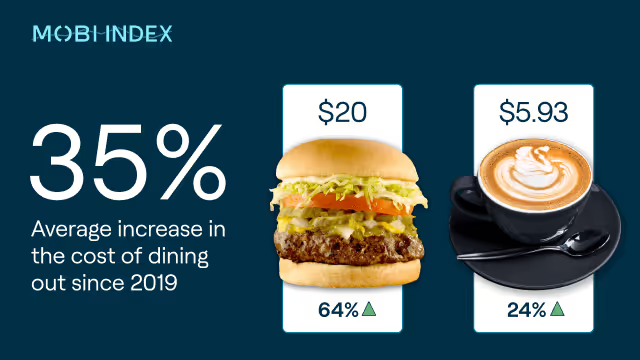

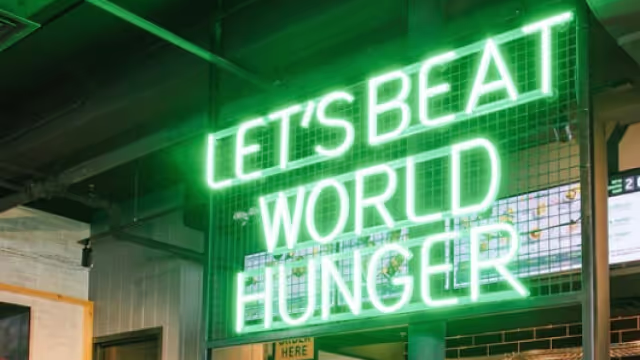
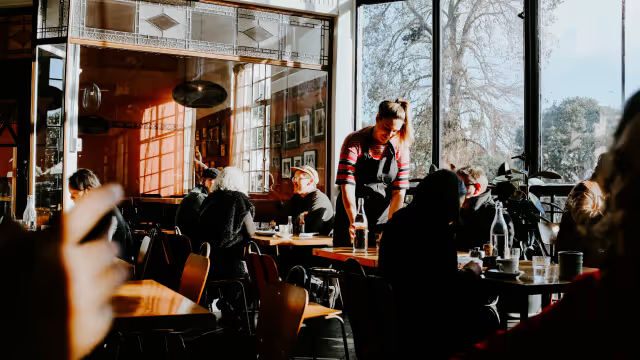


.avif)
.avif)
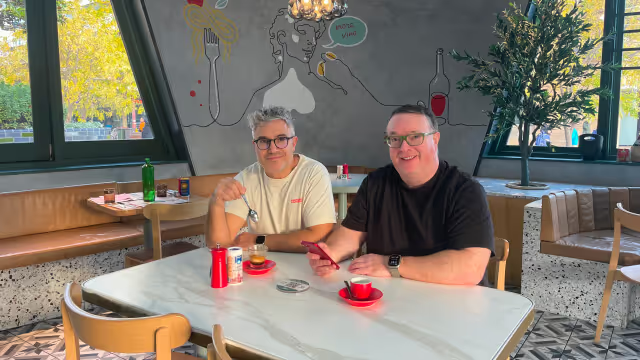

.avif)
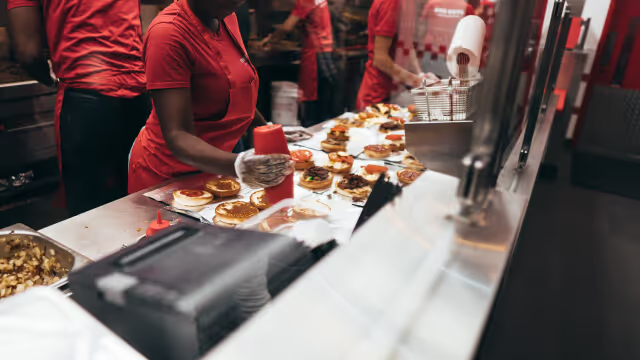

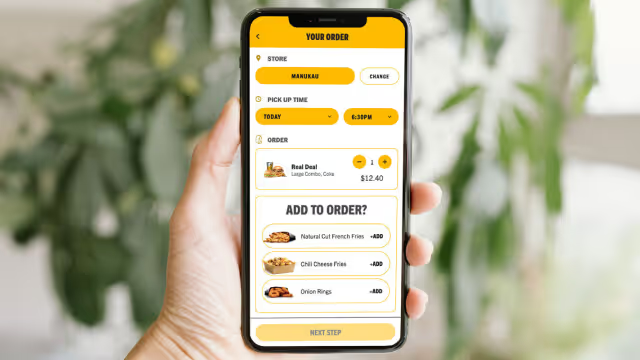
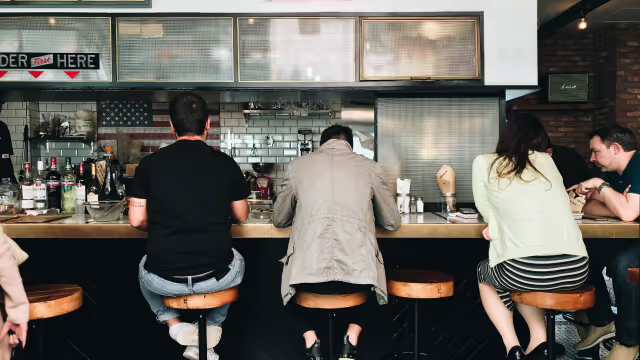
%203.avif)




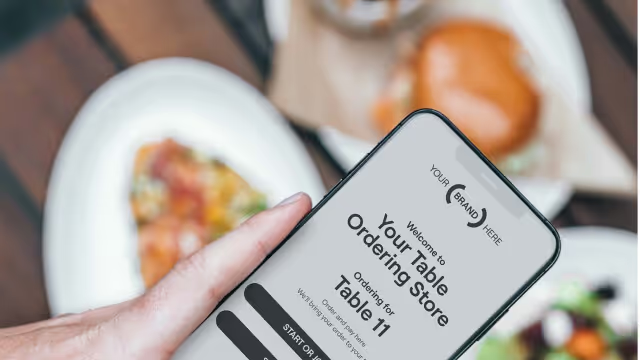

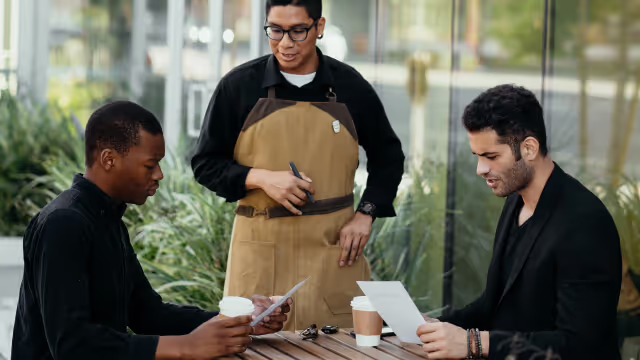
%203.avif)

%203.avif)
